Get expert help to buy products and installation services
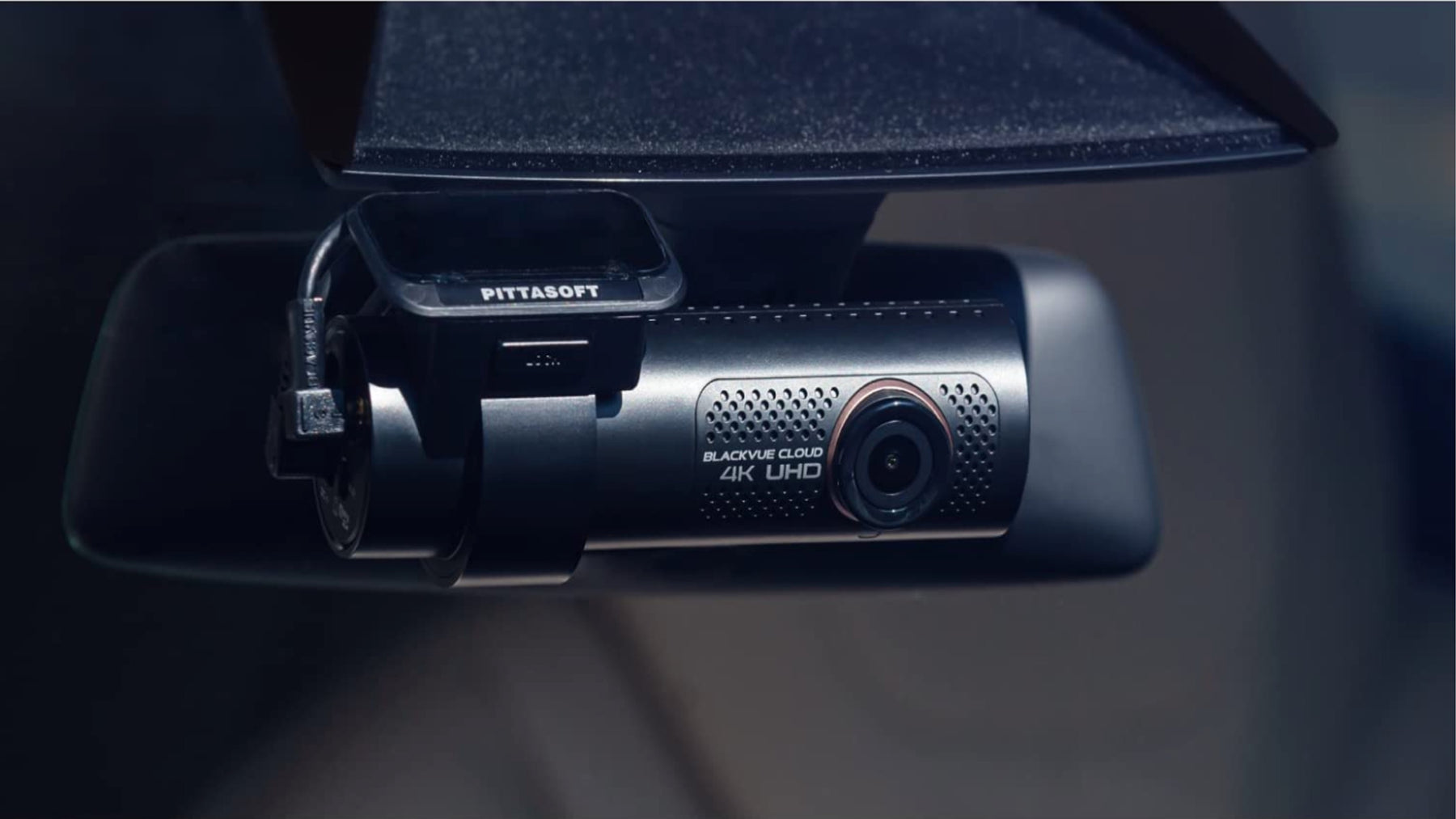
Understanding the Technology: How Car Dashcams Work and What They Record
Car dashcams are small cameras that are mounted on the dashboard of a vehicle and record everything that happens on the road ahead. But how do they work, and what exactly do they record? In this blog post, we'll take a closer look at the technology behind car dashcams and the types of footage they capture.
Most car dashcams use a combination of lenses, sensors, and processors to capture and record footage. The lenses are typically wide-angle and can capture a large field of view. They are mounted on the dashboard or windshield of the vehicle and are pointed towards the road ahead.
The sensors inside the dashcam are responsible for capturing the video footage. Most dashcams use either CMOS (complementary metal-oxide-semiconductor) or CCD (charge-coupled device) sensors. These sensors convert the light that enters the lens into electrical signals, which are then processed by the dashcam's processor.
The processor inside the dashcam is responsible for converting the electrical signals from the sensor into a digital video format. It also compresses the video to reduce the file size, making it easier to store and transfer.
Dashcams can record several types of footage, including:
-
Continuous Recording: Most dashcams record footage continuously while the vehicle is in motion. This footage is saved in loops of varying lengths, typically between 1-5 minutes. When the storage capacity is full, the oldest footage is overwritten by new footage.
-
Event Recording: Some dashcams have a feature that allows them to automatically record and save footage when they detect a sudden change in speed or a collision. This footage is saved separately from the continuous recording loop and is often referred to as "event footage."
-
Time-Lapse Recording: Some dashcams have a time-lapse recording mode that captures footage at a lower frame rate, typically one frame per second. This mode is useful for recording long journeys or capturing scenic routes.
Dashcams can record a variety of useful information, including the date and time, vehicle speed, and GPS location. Some dashcams also have built-in sensors that can detect when the vehicle is parked and automatically switch to a different recording mode.
In conclusion, car dashcams use a combination of lenses, sensors, and processors to capture and record footage of the road ahead. They can record continuous footage, event footage, and time-lapse footage, as well as useful information such as the date and time, vehicle speed, and GPS location. Understanding how car dashcams work and what they record can help drivers choose the best dashcam for their needs and make the most of this valuable technology.
shop Related products
-
Original price $279.99 - Original price $279.99Original price $279.99$279.99$279.99 - $279.99Current price $279.99
BlackVue DR590X-2CH IR with 32GB microSD Card | Full HD Wi-Fi Dashcam | Interior Infrared (IR) Rear Camera | Taxi Dashcam | Built-in Voltage Monitor
BlackvueOut of stock -
Original price $159.99 - Original price $159.99Original price $159.99$159.99$159.99 - $159.99Current price $159.99
BlackVue DR590X-1CH with 32GB microSD Card | Full HD Wi-Fi Dashcam | Parking Mode Support | Built-in Voltage Monitoring
BlackvueOut of stock -
Original price $239.99 - Original price $239.99Original price $239.99$239.99$239.99 - $239.99Current price $239.99
BlackVue DR590X-2CH with 32GB microSD Card | Full HD Wi-Fi Dashcam | Parking Mode Support | Built-in Voltage Monitoring
BlackvueOut of stock -
Original price $409.99 - Original price $409.99Original price $409.99$409.99$409.99 - $409.99Current price $409.99
BlackVue DR750X-2CH IR Plus 32GB | Full HD Infrared Interior Cloud Dashcam | Built-in Wi-Fi, GPS, Parking Mode Voltage Monitor | LTE via Optional CM100 Module
BlackvueOut of stock -
Original price $269.99 - Original price $269.99Original price $269.99$269.99$269.99 - $269.99Current price $269.99
BlackVue DR750X-1CH Plus 32GB | Full HD Cloud Dashcam | Back-Illuminated STARVIS Image Sensor | Built-in Wi-Fi, GPS, Parking Mode Voltage Monitor | LTE via Optional LTE Module
BlackvueOut of stock

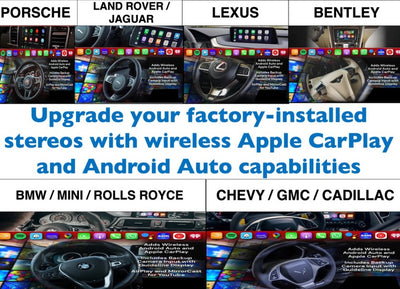
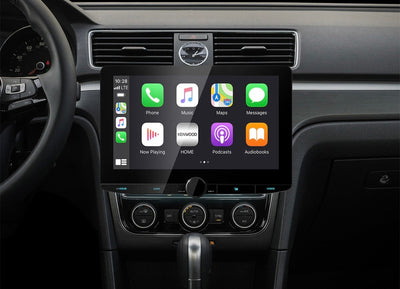
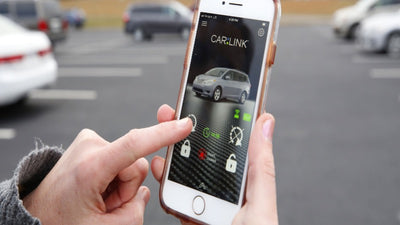
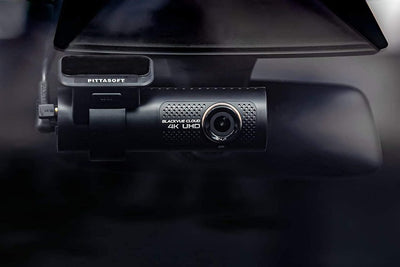

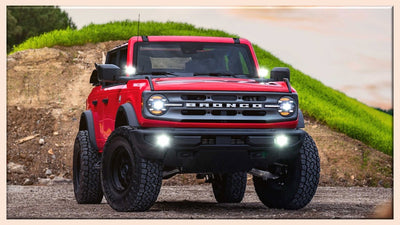

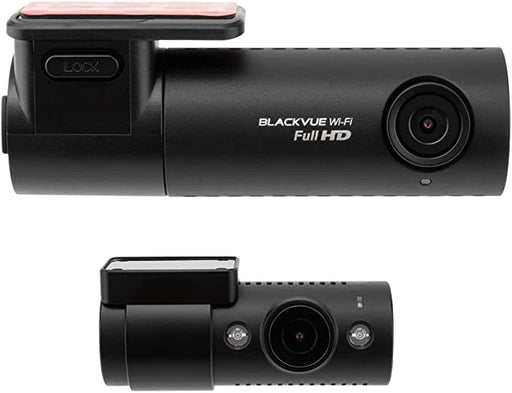
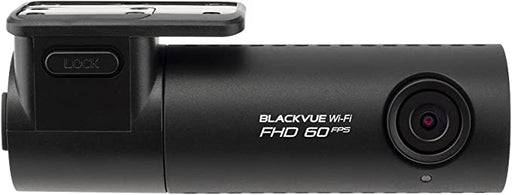
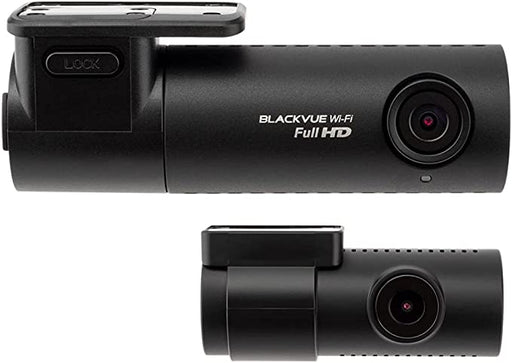
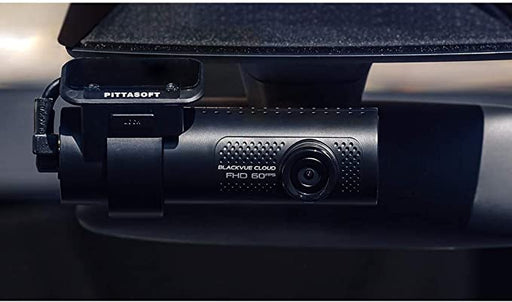
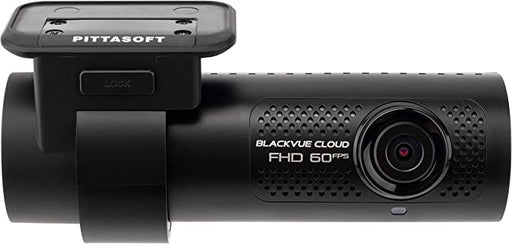
Leave a comment